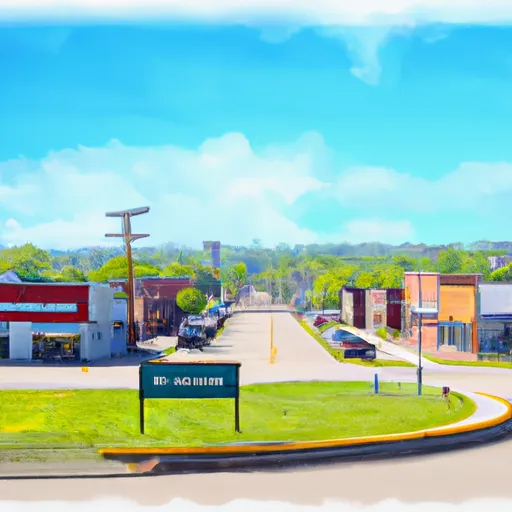°F
°F
mph
Windspeed
%
Humidity











Edenville is a small township located in Mid-Michigan with a population of around 2,000 people. The climate in Edenville is humid continental, with cold winters and warm summers. The area is prone to heavy snowfall in the winter, which can make outdoor activities challenging. The hydrology of Edenville is dominated by the Tittabawassee River, which flows through the town and is a popular spot for fishing and boating. The river is also a source of hydroelectric power for the local community. Outdoor recreation opportunities in Edenville include hiking, camping, and hunting in nearby state parks and forests. The town is also home to a golf course and several small parks for residents and visitors to enjoy.
Weather Forecast
Edenville receives approximately 774mm of rain per year, with humidity levels near 81% and air temperatures averaging around 8°C. Edenville has a plant hardyness factor of 5, meaning plants and agriculture in this region thrive during a short period during spring and early summer. Most plants will die off during the colder winter months.
Nearby Snowpack Depths
7
Inches
Regional Streamflow Levels
170
Cubic Feet Per Second
703
Cubic Feet Per Second
6,520
Cubic Feet Per Second
770
Cubic Feet Per Second
Nearby Camping
| Camping Area | Reservations | Toilets | Showers |
|---|---|---|---|
| Onaway State Park | |||
| Cheboygan State Park | |||
| Harrison Lake State Park | |||
| Pleasant Lake | |||
| Twin Lakes - State Forest | |||
| Black Lake Trail Camp - Mackinaw State Forest |



